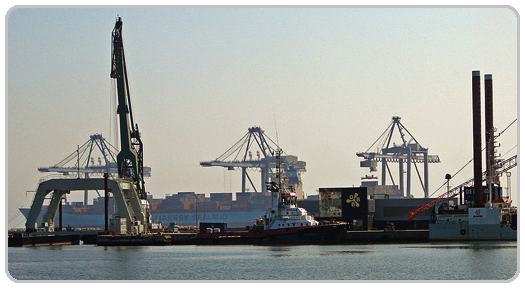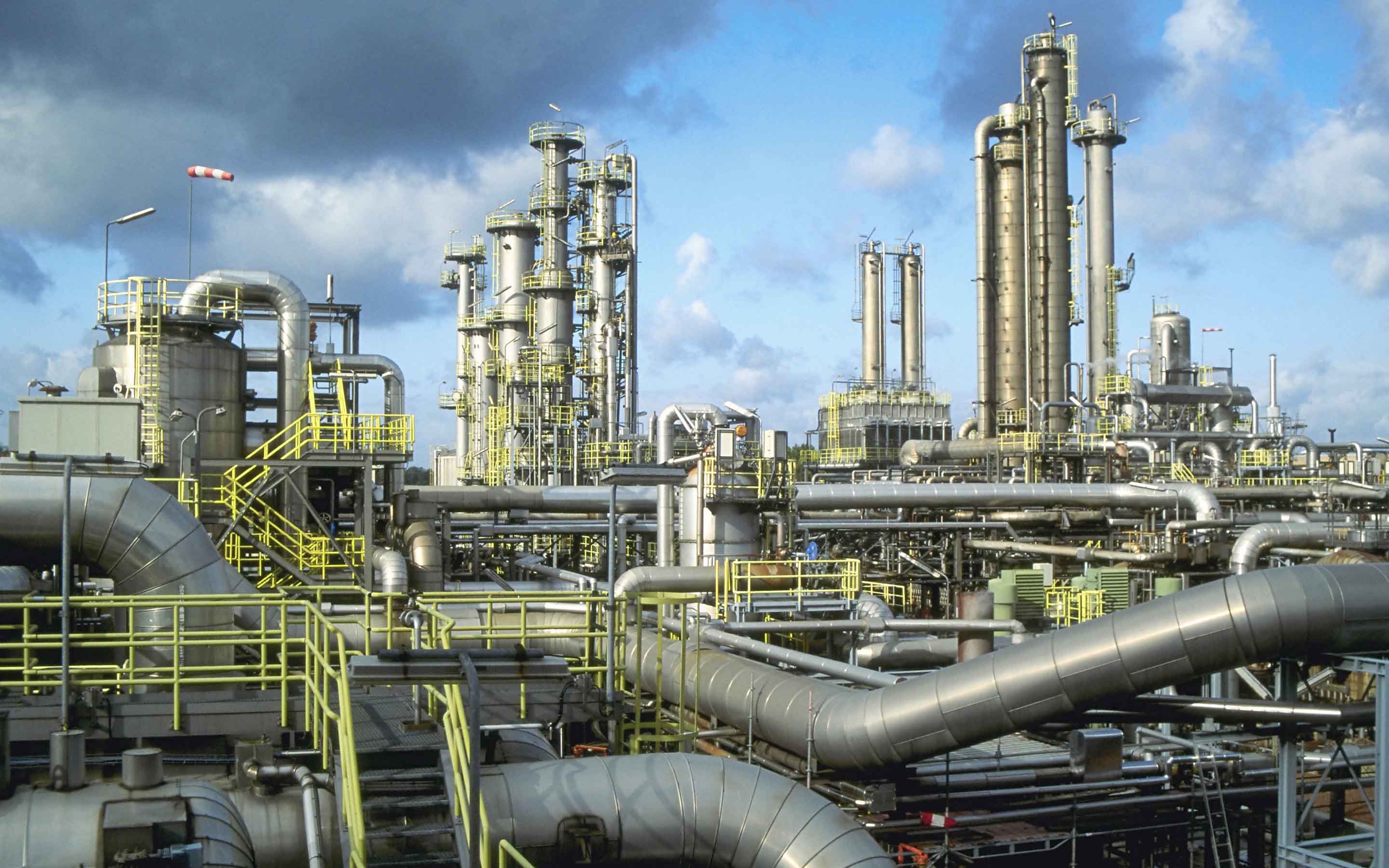Securing the Port of Aarhus
 The access control of the Aarhus Port in Denmark consists of over 340 readers and approximately 1,000 cameras. Initially installed in the year 2000, the system has expanded every year as part of a continuous expansion process. Container trucks and their drivers gain access to portions of the port via long range readers which control the gate’s in-and-out traffic. Port buildings and facilities are also restricted to pedestrians and controlled utilizing readers.
The access control of the Aarhus Port in Denmark consists of over 340 readers and approximately 1,000 cameras. Initially installed in the year 2000, the system has expanded every year as part of a continuous expansion process. Container trucks and their drivers gain access to portions of the port via long range readers which control the gate’s in-and-out traffic. Port buildings and facilities are also restricted to pedestrians and controlled utilizing readers.
Considered the most efficient in Europe, the Port of Aarhus has strengthened its position as Denmark’s largest container port and currently has a market share of more than 50 percent of the containers handled in Danish ports. To an increasing extent, the containers handled contain goods sailed to and from a number of ports in the Baltic Sea area. With weekly calls by some of the world’s largest container ships from Maersk Line and daily connections to most of the Baltic Sea region through fourteen shipping companies, the Port of Aarhus has a fine meshed route network, which more and more transport buyers are beginning to realize. Competition is key for the Port of Aarhus, and its competitiveness is affected by both external and internal competition.¹
Ports of Greece (Nine)
Each of these 9 Ports in Greece contain an extensive access control system designed for the logistics and security associated with container goods and passenger shipping. The ports, buildings and facilities access control systems include the following:
- Local Command & Control Center & SW (Secure M)
- Analog CCTV System
- Thermal Imaging Cameras
- Electronic Perimeter Fence
- Access Control System for the Port’s Gates
- License Plate Recognition (LPR) System for the Main Port’s Gates
- Fire Alarm Sensors
- Digital Video Recording (DVR) System
- Several of the Ports also have Sonar and Sailing Ships with Remote CCTV
- Networked Video Link to Higher Hierarchy
Among the many ports,most notably the port of Piraeus is the chief port in Greece, the largest passenger port in Europe and the third largest in the world, servicing about 20 million passengers annually. With a throughput of 1.4 million TEUs, Piraeus is placed among the first ten ports in container traffic in Europe and the top container port in Eastern Mediterranean. The city hosted events in both the 1896 and 2004 Summer Olympics held in Athens.²
¹Source: Port of Aarhus (aarhushavn.dk, General information 2011). Measurement of efficiency in Northeuropean ports was made by Maersk Nordic & Baltic, who is one of Port of Aarhus’ most valued collaboration partners.
²Source: Wikipedia.com 2011





